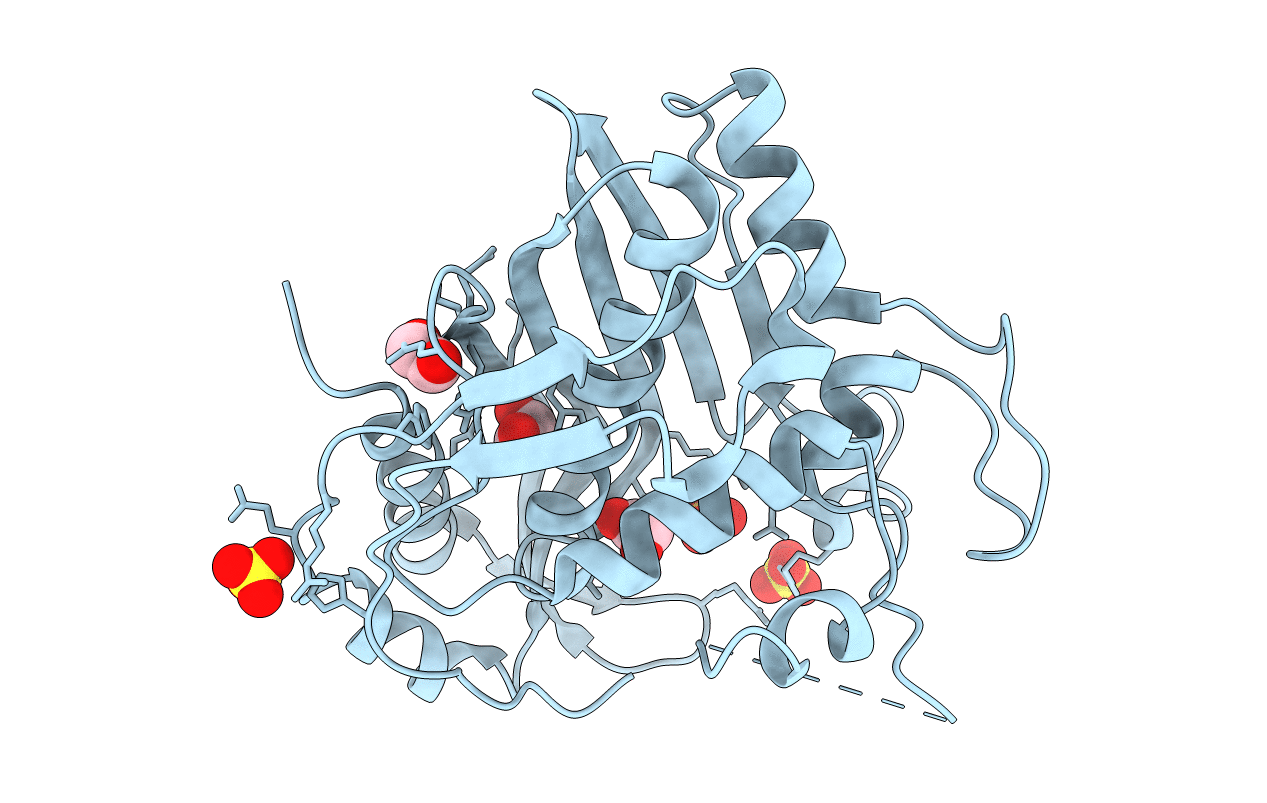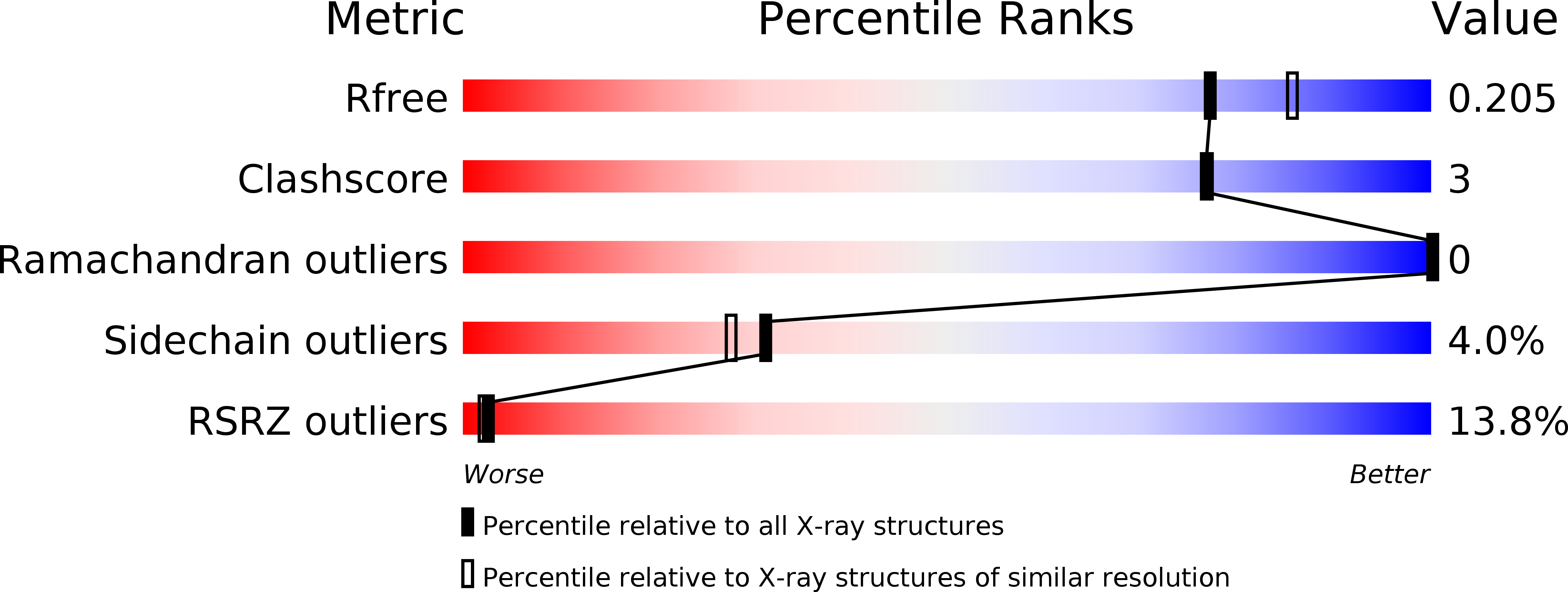
Deposition Date
2013-05-14
Release Date
2014-05-14
Last Version Date
2023-09-20
Entry Detail
PDB ID:
4KPW
Keywords:
Title:
Crystal structure of His-tagged human thymidylate synthase R175A mutant
Biological Source:
Source Organism:
Homo sapiens (Taxon ID: 9606)
Host Organism:
Method Details:
Experimental Method:
Resolution:
2.03 Å
R-Value Free:
0.20
R-Value Work:
0.16
R-Value Observed:
0.16
Space Group:
P 31 2 1


